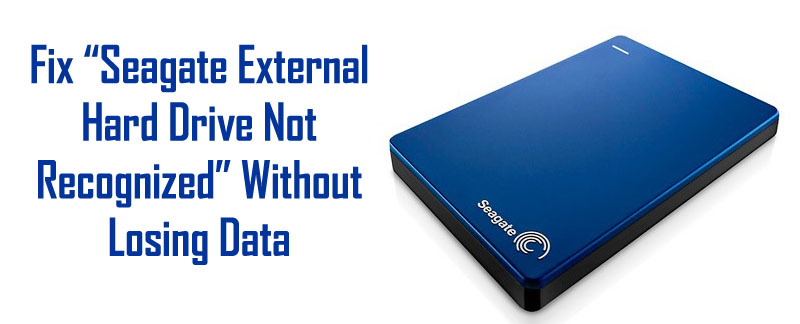How To Configure An External Hard Drive For Mac
PureVPN is committed to protecting your privacy across all your devices. If you want internet freedom, internet security and full internet privacy, there is none better out there than PureVPN. Purevpn (for mac) review.
One option is to back up your old Windows external drive (using ). Reformat the drive using Apple's Disk Utility software and the company's HFS+ file system instead. Then you can restore the backed up data to the drive. Even if the backed up and restored files originally came from a PC, they'll be stored on the drive using a file system the Mac fully understands.
How to set up a networked hard drive with a Mac Sharing a storage drive over Wi-Fi is a great way to access all your important files across multiple devices. Learn how to set up a networked drive. Setup Your Portable External Hard Drive comes with a special USB cable. This cable is shaped like the letter ‘Y’ with one USB connector on one end of the cable and two.
How To Configure An External Hard Drive For Mac
That way the drive will be fully Mac-compatible without any need for you to modify the operating system of the Mac to get it to work properly. Obviously that solution doesn't work for everyone. Maybe the drive you're using has to be used with a PC occasionally. Whatever the case, the good news is that it's not a show-stopper: There are a few utilities out there that will enable Macs to write to mounted NTFS volumes. Tuxera's is one of the best ways to do it. It uses smart caching to keep data transfer as fast as possible and works with every OS X version since 10.4 (Tiger). NTFS for Mac costs $31, and you can download a demo first to see how it does.
Paragon Software's is another excellent choice. It includes several additional utilities for people who need to tinker or repair, to enable you to format drives with NTFS, check NTFS partition integrity, fix errors, and more. NTFS for Mac costs $19.95. If you're a DIYer and you'd like to go the free route, you'll find a Sourceforge project called that gets the job done. NativeNTFS isn't for rookies: It's a bash script that needs to run from the Terminal command line and requires you to have root (administrator) access to your computer.
An easier way to go is to download, a third-party software tool that extends the Mac's file system capabilities. Follow the directions on the OS X Fuse website to download and configure the software. Mac mp4 player. Follow the instructions to download, whose development seems stopped right now but still works in Yosemite.
Once OS X Fuse and NTFS-3G are installed, your Mac should be able to read and write to NTFS disks just fine. Canon digital photo professional software for mac.
Quick Navigation: • • • • • • As we know, external hard drives are widely used to backup data or interchange files among different computers. Well, is there an external hard drive that could be shared between Mac and Windows PC? Of course, there is.
Actually, most external hard disks could be compatible with Mac and PC as long as you format them correctly. Why Need to Format External Hard Drive for Mac and PC To put it simply, if you want to share external hard drive between Mac and PC, you need to format an external hard drive for Mac and PC. Currently, hard drives for Windows PC are always formatted with NTFS, while hard disks for Mac are formatted with HFS+.
However, when we connect a NTFS formatted disk to Mac, Mac OS X doesn't allow us to write files to the drive neither edit files, though it can read a NTFS drive. Similarly, Windows OS will ask us to format the HFS+ formatted drive when we connecting such a disk, let along edit files saved on HFS+ formatted hard disks unless we resort to third party programs. But luckily, there are well supported by both Mac and Windows PC, and they are FAT32 (it might be called MS-DOS on Mac) and exFAT.
As long as we format the external hard drive to one of these 2 file systems, it can be shared between Mac and Windows. Further Reading Both FAT32 and exFAT have advantages and disadvantages. FAT32: FAT32 works with all versions of Windows, Mac OS, Linux, game consoles, etc. However, single files on a FAT32 drive can't be larger than 4GB. If your external drive saves files larger than 4GB or you plan to save larger files to this drive, converting to FAT32 is not recommended.

In addition, a FAT32 partition must be not more than 32GB if you create it in Windows Disk Management. Of course, there is that can help create a FAT32 volume up to 2TB, which also functions correctly. ExFAT: exFAT has very large file size and partition size limits, which means it's a good idea to format your external hard drive to exFAT. Nevertheless, a lot of users complained that exFAT is slow, and they highly suggest using FAT32 if you can avoid file size constraints. How to Quickly Format External Hard Drive for Mac and PC Without Losing Data Your external hard drive might have saved lots of files.